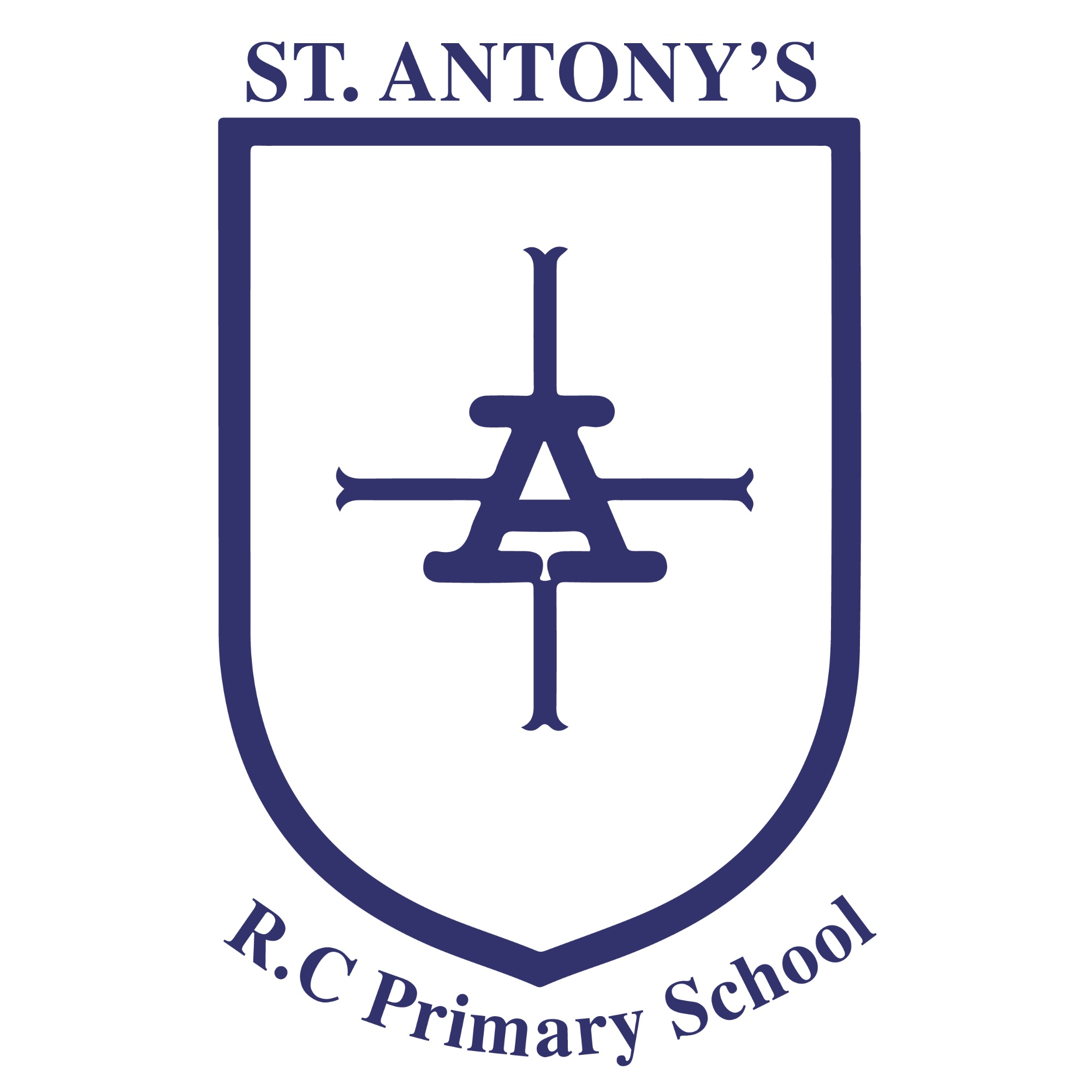Policy and Practice
What is phonics and why do we teach it?
Phonics is the study of sounds. Children are taught to read and write using phonics which is directly linking
phonemes (sounds in words) to graphemes (the letters). For example, in the word rain, we can split it into three separate sounds
r-ai-n
The 'ai' grapheme makes the sound 'A' . It can also be seen in words such as t-r-ai-n, and p-ai-n-t.
In the word 'p-l-ay' the A sound is made by the grapheme 'ay'.
Research shows that when phonics is taught in a structured way starting with the easiest sounds and progressing through the more complex sounds, it is the most effective way of teaching children to read. It is particularly helpful for children aged 5-7. Almost all children who receive good teaching of phonics will learn the skills they need to tackle new words. They can go onto read any kind of text fluently, confidently and for enjoyment.
At St. Antony's we use Little Wandle Letters and Sounds Revised which has been developed by Wandle and Little Sutton English Hubs to teach children the different sounds (phonemes) and the letters or combinations of letters that represent those sounds (graphemes).
In EYFS and KS1 Phonics is taught daily and in discrete lessons. Phonics lessons are always fun, fast paced and interactive!
-
Phase 2
Phase 2 sounds taught in Reception Autumn 1
-
Phase 2
Phase 2 sounds taught in Reception Autumn 2
-
Phase 3
Phase 3 sounds taught in Reception Spring 1
-
Blending
How we teach blending video is designed to be shared with families by schools using Little Wandle Letters and Sounds Revised to help them to support learning at home. These four videos show you how to pronounce the sounds. Notice how the children don’t add an ‘uh’ sound at the end, so they say: ‘t’ not ‘tuh’. Use the downloadable information to help your child remember how to write their letters and say their sounds.
-
Tricky words
How we teach tricky words.
-
Alien words
A guide to alien words.
-
Phonics Screening Year 1
Children in Year 1 will be taking the statutory phonics screening check in June. Please make sure your child is in school this week! There will be a parents screening meeting during Spring term
|
Phase |
Phonic Knowledge and Skills |
|
Phase One(Nursery/Reception) |
Activities are divided into seven aspects, including environmental sounds, instrumental sounds, body sounds, rhythm and rhyme, alliteration, voice sounds and finally oral blending and segmenting. |
|
Phase Two (Reception) up to 6 weeks |
Learning 19 letters of the alphabet and one sound for each. Blending sounds together to make words. Segmenting words into their separate sounds. Beginning to read simple captions. |
|
Phase Three (Reception) up to 12 weeks |
The remaining 7 letters of the alphabet, one sound for each. Graphemes such as ch, oo, th representing the remaining phonemes not covered by single letters. Reading captions, sentences and questions. On completion of this phase, children will have learnt the "simple code", i.e. one grapheme for each phoneme in the English language. |
|
Phase Four (Reception) 4 to 6 weeks |
No new grapheme-phoneme correspondences are taught in this phase. Children learn to blend and segment longer words with adjacent consonants, e.g. swim, clap, jump. |
|
Phase Five (Throughout Year 1) |
Now we move on to the "complex code". Children learn more graphemes for the phonemes which they already know, plus different ways of pronouncing the graphemes they already know. |
|
Phase Six (Throughout Year 2 and beyond) |
They begin with a phase 5 review. Then move onto the bridge for spelling which teaches the children to 'think about spelling'. |
What are High Frequency words?
High frequency words are common words, words that appear very often in written texts. They are a mixture of decodable words (words that can be sounded out) and tricky / exception words (words in which the English spelling code works in an unusual or uncommon way, which means the words have to be learned and recognised by sight).
It is really important that children learn how to read these words as they will make up a large proportion of the words they will be reading in everyday texts. They also need to learn to spell these words as they will find they will need to use them a great deal in their writing.
